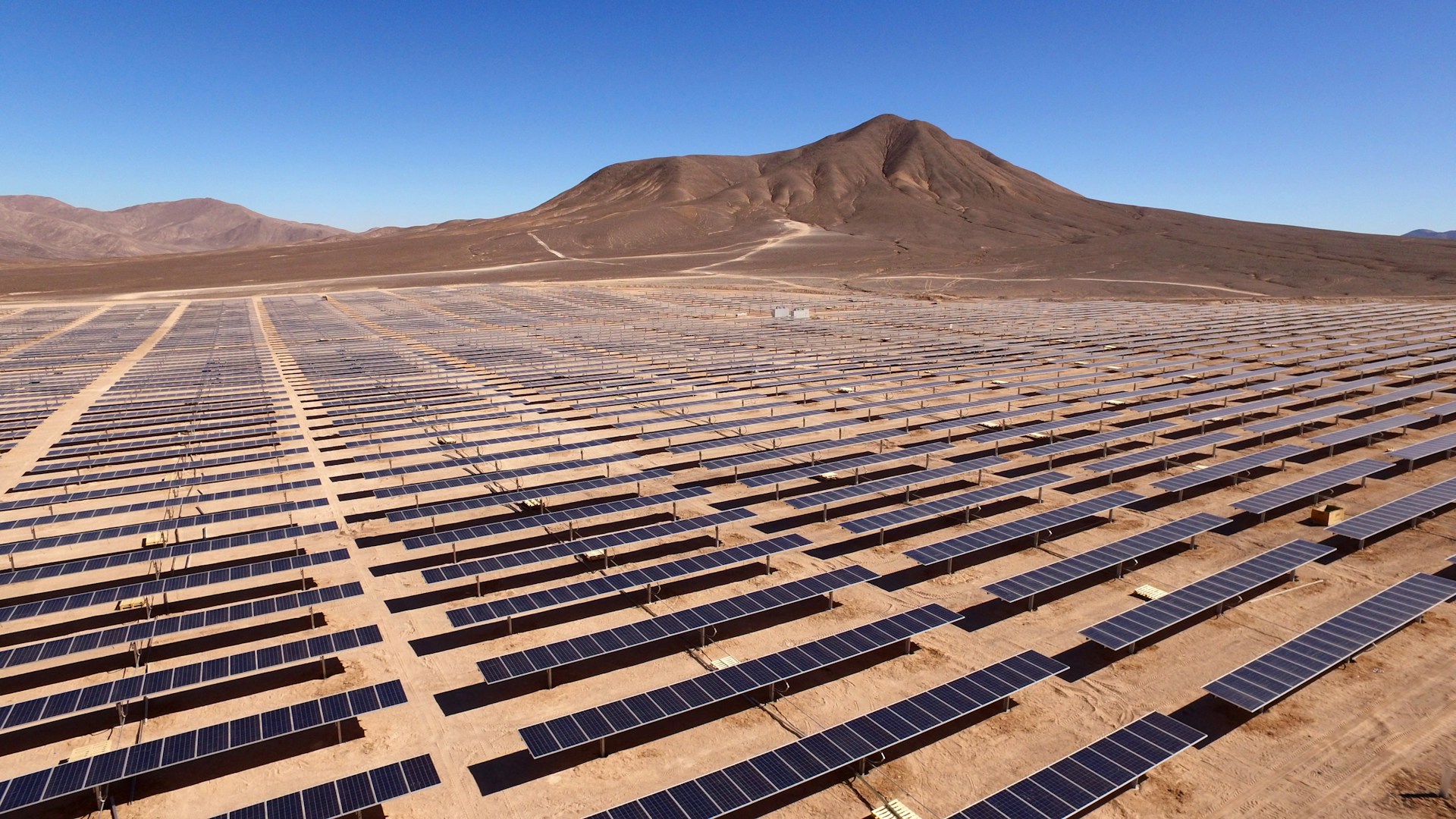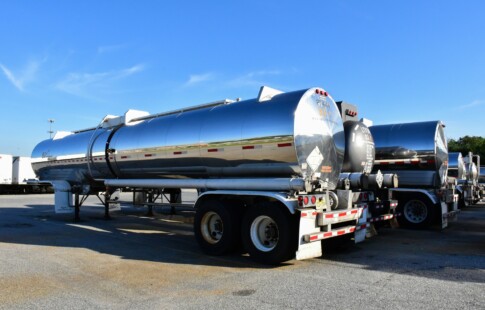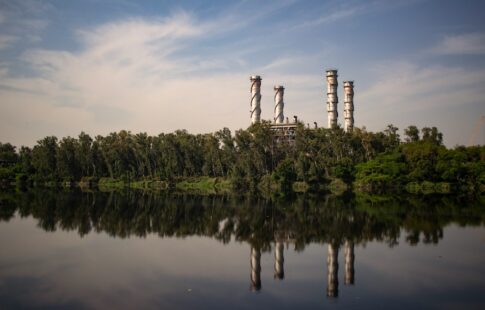
What You Need to Know About the Pros and Cons of Solar Farms
We are reader-supported. When you buy through links on our site, we may earn affiliate commission.
What are solar farms’ pros and cons and why do they matter in the grand scheme of things? Switching to renewable energy has been on the public agenda for some time now and shows no signs of slowing down. But how exactly do solar farms measure up in terms of their advantages and disadvantages? Let’s count down the many facets of this exciting energy technology.
What Are Solar Farms?
Solar farms are vast areas that generate electricity using photovoltaic (PV) and solar thermal systems. Large-scale solar farms can accommodate hundreds or thousands of solar panels that convert sunlight into electric power. Like traditional power plants, solar farms can produce enough electricity to power many homes and businesses in a specific grid.
However, unlike power plants that run on fossil fuels, solar farms produce zero emissions during power generation, making them a cleaner energy source. Solar farms capitalize on the sun’s ability to create free, renewable, clean energy. In the U.S., solar power is responsible for 3.4% of utility-scale electricity generation in 2022. Overall, renewable energy sources contributed 21% to the overall electricity generation.
Solar farms are typically built on vast locations, specifically flat lands, to allow optimum exposure to sunlight. Many farmlands have been converted to massive solar farms to help generate clean electricity for the power grid. However, recent improvements and innovations in solar technology led to the development of floating solar farms.
Floating solar farms are famous in Asian countries where free land is typically scarce and expensive. In the U.S., states like California and Florida are adopting floating solar farms to provide clean electricity in population-dense areas and locations with limited space for ground-mounted solar. The new solar farm technology can augment existing power grids and prevent water loss due to evaporation.
Advantages of Solar Farms
Solar energy continues to be a promising alternative to fossil fuels. Here are some of the advantages of utility-scale solar power generation.
Renewable Energy
Sunlight is a renewable energy source. Solar farms can convert sunlight into electricity continuously in favorable weather conditions. Sunlight is plentiful in most parts of the world, making solar farms an ideal renewable energy source for many locations.
Zero Emissions
Solar farms generate electricity with none of the greenhouse gases and other harmful emissions from traditional power plants. Studies show that an acre of solar panels can offset more carbon emissions yearly than an acre planted with carbon-sequestering trees.
Long-Term Returns
While solar installation upfront costs can be expensive, the cheaper power generation costs more than make up for it in the long run. Companies investing in solar and regular consumers can enjoy huge utility savings with prolonged solar power usage. Penn State saved an estimated US $2.5 million in energy costs in just two years with its solar purchasing agreement with energy provider Lightsource BP.
Low Maintenance
Unlike other power plants with many moving parts, durable solar arrays require minimal maintenance or upkeep. Cleaning photovoltaic panels can be as easy as spraying them with water and wiping down the surfaces. Once clean and free of debris, solar panels can continue working as the manufacturer guarantees.
Developing Technology
Hardworking scientists and engineers continue to develop solar panel technology to make them more efficient, perform better and contain less toxic materials. Coincidentally, new manufacturing improvements make solar panels more affordable and accessible to companies and ordinary consumers.
Quiet Operation
Solar farms can generate electricity more quietly than renewables like wind, hydroelectric and geothermal. Photovoltaic panels mostly remain stationary and with few moving parts, they are virtually noiseless power plants. The most movement PV arrays make is when solar trackers adjust their alignment to follow the sun’s direction.
Disadvantages of Solar Farms
Although solar farms generate clean energy and help reduce emissions, they still have drawbacks. Here are some disadvantages associated with large-scale solar farms.
Large Land Use
Land use is a hot topic in solar energy due to the massive land typically required to build solar farms. Ground-mounted solar needs large lands to be productive enough to generate electricity on an enormous scale. Building solar farms can eat up hundreds of acres of sprawling land for solar panel and battery installation and the infrastructure needed to support it. For illustration purposes, a five-megawatt farm requires 25 acres or more to be fully productive.
Sun Dependence
Some locations are more conducive to building solar farms than others. Solar panels can generate the most electricity when the sun is at its highest — at midday during summer. Power generation significantly tapers down after the peak. Also, rain, smoke, fog, hail and snow can limit the power generation capability of solar farms by blocking the sun or damaging solar panels.
Wildlife Disturbance
Developers need to clear vast expanses of land to make way for solar arrays. While this makes the land suitable for daily operations, it can inadvertently harm wildlife in nearby areas. Vast lands provide shelter for countless animal and plant species. Solar farms can disrupt local wildlife habitat and drastically alter ecosystems if left unchecked.
End-of-Life Disposal
Depending on size, solar farms can use hundreds to thousands of PV panels for daily operations. While solar panels typically last 25 years, they must be disposed of once they reach the end of their life cycle. Governments and concerned companies should implement robust recycling programs to help mitigate the environmental risks of solar waste.
Expensive Upfront Costs
Depending on their quality, some home-use solar panel systems can cost between $15,000 to $50,000 for the materials alone. Imagine the cost of industrial PV cells that solar farms use daily. Installation and battery storage costs are an entirely different matter and can add to solar farms’ overall expenses.
Weighing Solar Farms Pros and Cons
Solar farms’ pros and cons can dictate their widespread use and adoption like many technologies. Companies and governments should consider both sides and make actionable decisions in the best interests of the economy, consumers and nature.
Share on
Like what you read? Join other Environment.co readers!
Get the latest updates on our planet by subscribing to the Environment.co newsletter!
About the author
Maria Visser
Maria serves as the Assistant Editor of Environment.co. A true foodie and activist at heart, she loves covering topics ranging from veganism to off grid living.





